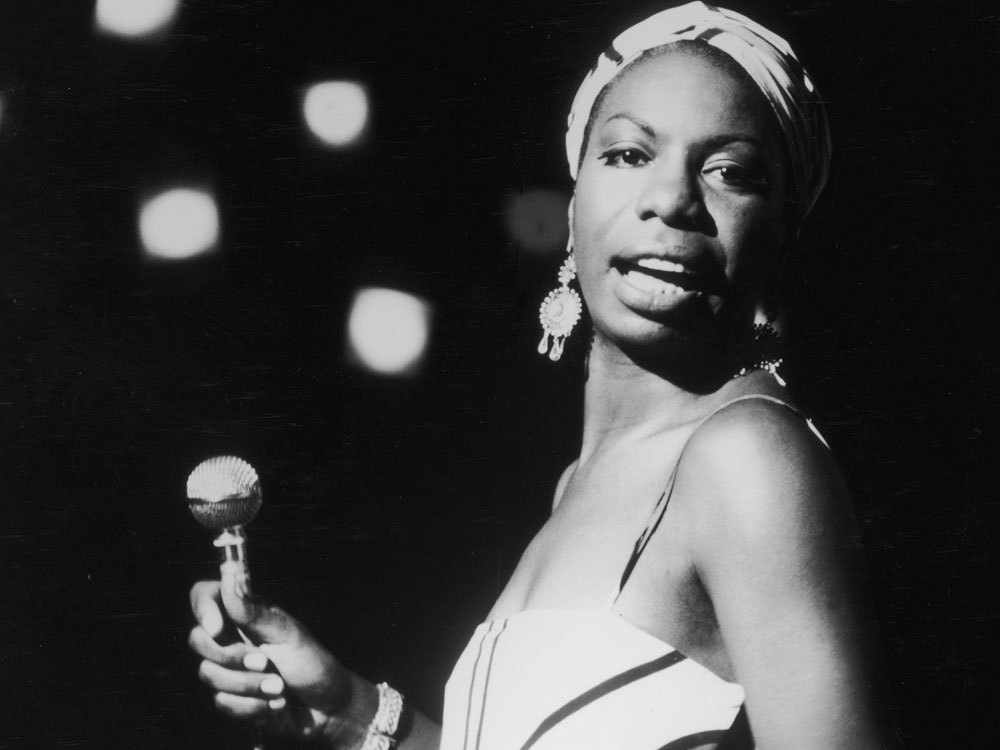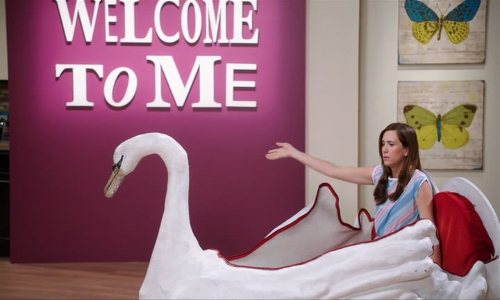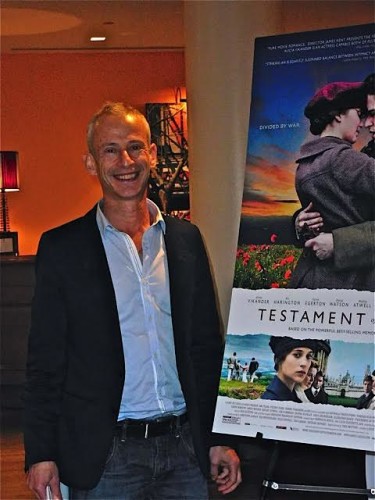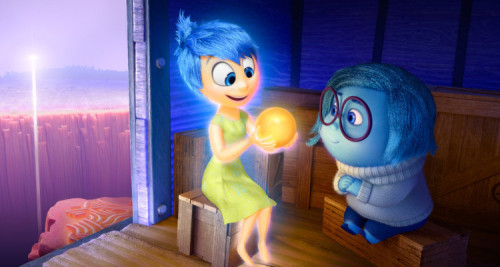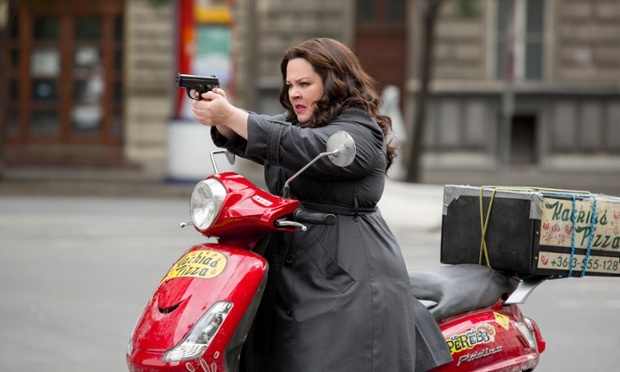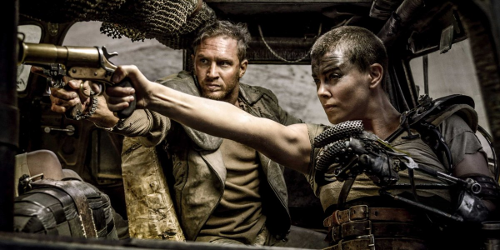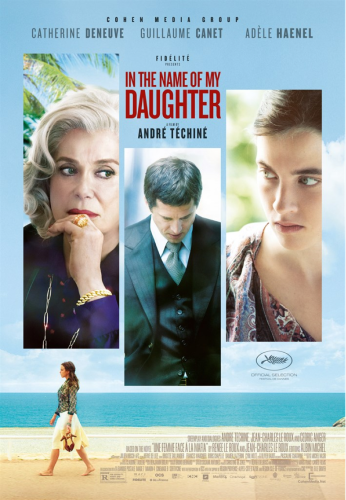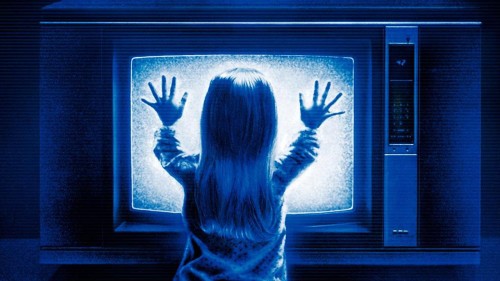This guest post by Zev Chevat appears as part of our theme week on Masculinity.
In our generation, action dominates the box office with bombast, containing enough C4 to blow up a major city, and enough stuntpeople to populate it. While it’s high entertainment, it may seem like the last place to find social progress, let alone a challenge issued to its own core values. Yet this summer’s first great critical and commercial success has done the seemingly impossible, uniting powerful messages about gender and society with enough explosions to bring people into the megaplex seats.
While much hay has been made, and rightfully so, about the women in Mad Max: Fury Road, it was the men who began to catch my interest on a second viewing. Tough, monosyllabic, and utterly capable on the surface, the main men of Fury Road are also deeply flawed individuals who have been poisoned by the expectations placed on males in their (and, therefore, our) culture. Wrapped in a hypermasculine Trojan Horse of violence and war custom is a heady lesson about the dangers of ceding to those expectations, and about the road away from them and toward something like redemption. Here is a film where women are shown to be men’s combatative equals. Even more so, it is a film where the only way the men can escape their own oppression is to join up with, and occasionally defer to, these women.
By diverging male heroes from the narrow path that action movie precedent has carved for them, and eschewing the trappings of toxic masculinity for emotionally mature character growth, this film is striking out into new, more complex territory. Critics and audiences alike have responded with enthusiasm, crowning Fury Road an instant cult classic, and lauding the potent mixture of images and ideas that set it apart. For, although Fury Road’s most obvious addition to the conversation is its women, especially Charlize Theron’s Furiosa, the portrayal of its main men is just as radical, if more quietly so.
One of the biggest complaints from opponents of Fury Road is that Max (Tom Hardy), though ostensibly the title character, is not only upstaged; they say, he’s also barely a character at all. But, if he seems like non-existent person that’s because, for much of the film, the things that make Max himself, both material and mental, have been taken away or buried far underground. Max Rockatansky’s journey, it could be said, regards the mastery of himself, rather than the domination of others. Fury Road is about many things. Among them is Max’s arc, one in which a man in shellshock re-gains his humanity through cooperation, empathy, and compassion.
First, the cooperative aspect, the lowest-hanging desert fruit on the thing-I mean tree. What gets Max that semblance of redemption he’s seeking is not simply overtaking the enemy with superior skill, though that plays a part. Nor is it taking up the mantle of despot at the film’s conclusion. Instead, the normally lone male warrior must team up with a group of women – some warriors, some escaped “Wives” – if he is to survive the coming onslaught.
Though initially combatants (their brawl upon meeting is one of the film’s most interesting set pieces), and highly suspicious of one another, Max and Furiosa quickly develop a strong respect, and trust. Recognizing Max’s reaction to her questions as evidence of trauma, Furiosa extends an olive branch of mutual trust when she tells him, “I need you here, you may have to drive the rig.” By saying, essentially, that she needs to trust him, so he better be trustworthy, Furiosa begins to help Max emerge from his shell. This is a reversal of the common trope of the in-control man who must bring a damaged woman into the fold. Here, it’s Max who has baggage, and who needs to meet Furiosa halfway. He does, and the two begin to work in deadly tandem almost immediately thereafter.
Through his interaction with the group of escaping women, not just their hard-bitten commander, Max becomes gradually more human. When it looks like Splendid (Rosie Huntington-Whiteley), one of the Wives, has been bashed off the rig by a rocky outcrop, she reappears, smiling from behind the curve of the truck’s cab. Max gives her the thumbs up and, it appears, the first expression approaching a smile from him. He cares about what’s happened to this member of their group; he’s thinking about all of them, and no longer just himself. The extension of Max’s compassion culminates when Max speeds out into the salt flats after the group of Wives and Vulvalini, and convinces them to turn back instead of driving to what may well be their deaths.
All this puts Hardy’s Max in stark contrast to Mel Gibson’s taciturn cop, who swooped in to help a group of survivors in The Road Warrior. Gibson’s Max needed no one, and while he was not without heart, he was allowed to show little change. By the time he saunters off into the post-apocalyptic sunset, Hardy’s Max has not so much softened –there being no place for softness in Miller’s hyperviolent and hard world – but expanded, from bludgeoned bloodbag to being a man.
This path, though evident in Max, is even more obvious when it comes to the character of the War Boy Nux, played with glee and a certain amount of sensitivity by Nicholas Hoult. Nux is a product of a tyrannically patriarchal society, who, through equal interactions with women, instead of domination of them, has a change of heart. His turn from emotionally barren war pup to white hat with a mind of his own is, even more so than Max’s, a tale of remarkable self-mastery. As some have perceptively pointed out, the men under Immorten Joe are treated like disposable commodities, determined to find glory at the end of their “half-life.” Their entire lives are built not around heroic deeds and deaths, but around the witnessing, the verification by other men, of those deeds. In an era without written history, the men need someone to see what they do, to affirm their reality. When Nux’s chain catches on the War Rig and he falls in front of Immorten Joe, his leader, the loss of face represents a greater failure, a systemic one. Adhering to the warmongering patriarchy has led to Nux’s decline and, in a sense, exile. Abandoned by the very things that propped him up, Nux devotes himself to the cause of the Wives after Capable (Riley Keough) shows him compassion. Nux is a man so bereft of affection and touch that, when Capable puts her finger to his lips, he keeps them absolutely still in mild terror. Here is Miller’s theme writ large: that patriarchy controls us all equally, and can prove venomous regardless of gender.
As the War Rig tears a furious path of destruction through the desert, it may seem as though such sentiments are secondary, if present at all. Yet Fury Road, and films like it, are pushing the envelope of social themes as much as you can in an action movie without dissolving the very genre in a vat of metatextual acid. Sci-fi blockbusters such as Pacific Rim (where masculine angst is overridden by a literal meeting of minds), and Edge of Tomorrow (where ego must be cast off in favor of cooperation), as well as the classic Terminator 2 (where survival depends on trusting and following a strong woman) are all successful examples that are threaded with many of the same concerns as Miller’s opus. But none present their thesis as clearly as Miller does his. Here is a brutal world that has entrapped and broken men as well as women, where the way to salvation is couched in qualities outside the typical action hero mold. The lone man blasting his way through the enemy will not lead to triumph. It is only together, with care in and joint effort with women, that a man may “come across some kind of redemption.”
Zev Chevat is a writer, artist, and animator who specializes in feminist discussions of film and media. In addition to Bitch Flicks, he has written extensively for TheMarySue, Bitch Media, and Animation World Network. Follow him on Twitter @zchevat, or on tumblr at justchevat.tumblr.com.





